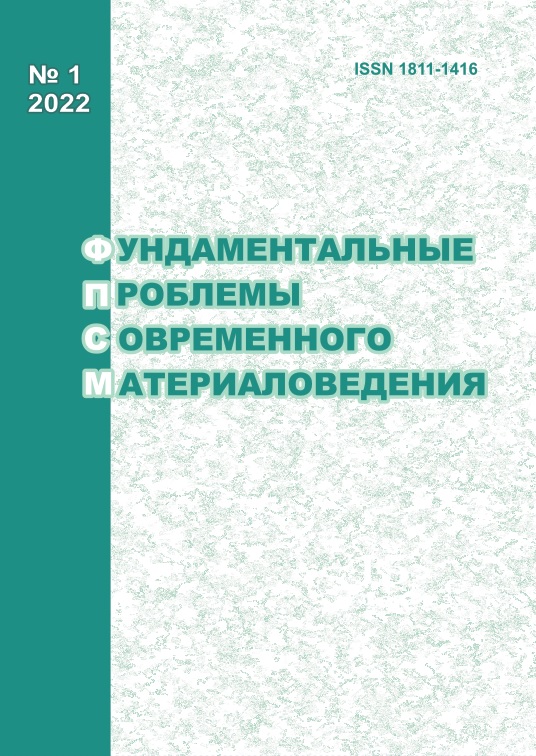MAGNETISM OF BERYLLIUM CERAMICS WITH THE PEROVSKITE STRUCTURE BeTiO3
10.25712/ASTU.1811-1416.2022.01.013
Keywords:
martensitic transformations, orientation relations, Pitch deformation, polar decomposition of the tensor, martensite nanocrystalsAbstract
It is known that the introduction of TiO2 additives into BeO ceramics after heat treatment in a reducing atmosphere is accompanied by a significant increase in electrical conductivity and the ability to absorb electromagnetic radiation in a wide frequency range. Until now, the mechanism of this influence has not been fully established. Using the methods of Lorentzian electron microscopy in a scanning electron microscope, as well as a vibration magnetometer, the manifestation of ferromagnetism was established. This feature of beryllium ceramics promotes the absorption of electromagnetic energy in bulk samples containing TiO2 nanoparticles. It was found that the presence of nanoparticles promotes the formation of the perovskite structure in the BeO + TiO2 sintering zones. In the structure of perovskite, polarization of molecules is possible due to the formation of polarons, which leads to deformation of the lattice and displacement of atoms. As a result of this displacement, a change in the short-range order in the perovskite structure occurs and to the formation of an icosahedral phase from the initial phase with a cuboctahedral structure. The small size of the beryllium atom makes it possible to organize a tetrahedral close packing in the form of an icosahedron of oxygen atoms around the central beryllium atom. As a result, the atomic density and the density of electronic states at the Fermi level increase. Models are proposed to explain the reasons for the appearance of ferromagnetism and electrical conductivity found in beryllium ceramics. Using the spin-polarized electron method, the electronic structure of nanoclusters with different short-range orders has been calculated.











 Journal «Fundamental’nye problemy sovremennogo materialovedenia / Basic Problems of Material Science»
Journal «Fundamental’nye problemy sovremennogo materialovedenia / Basic Problems of Material Science» This work is licensed under a
This work is licensed under a 
